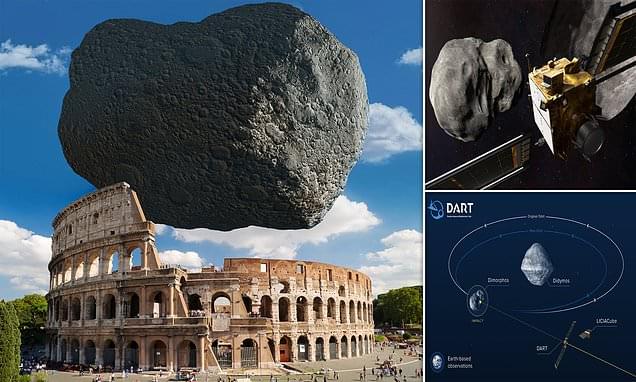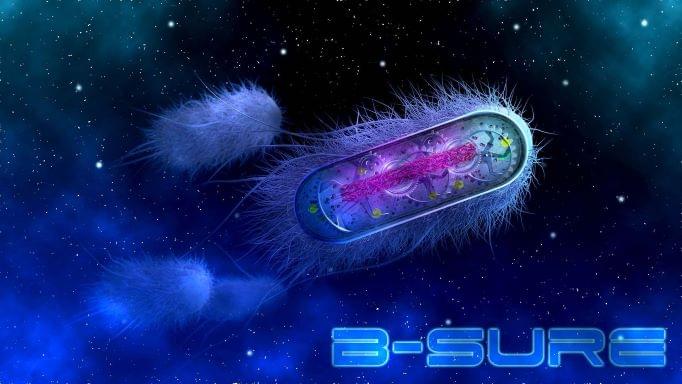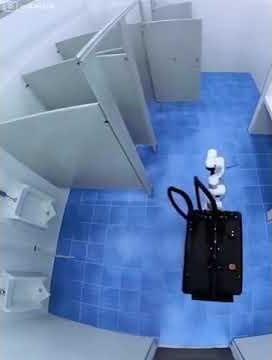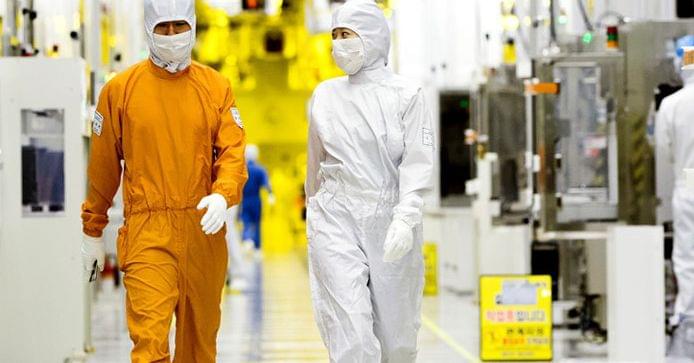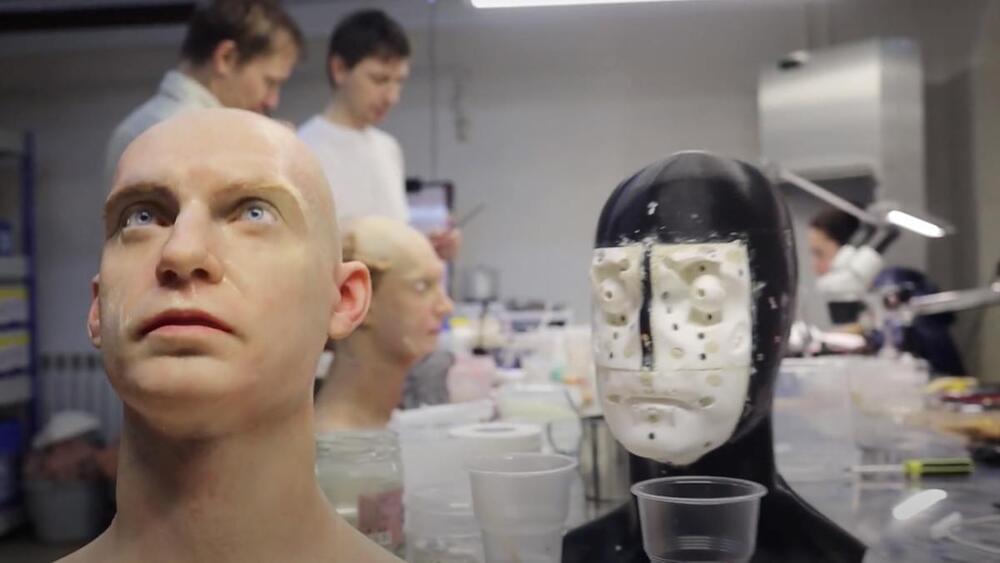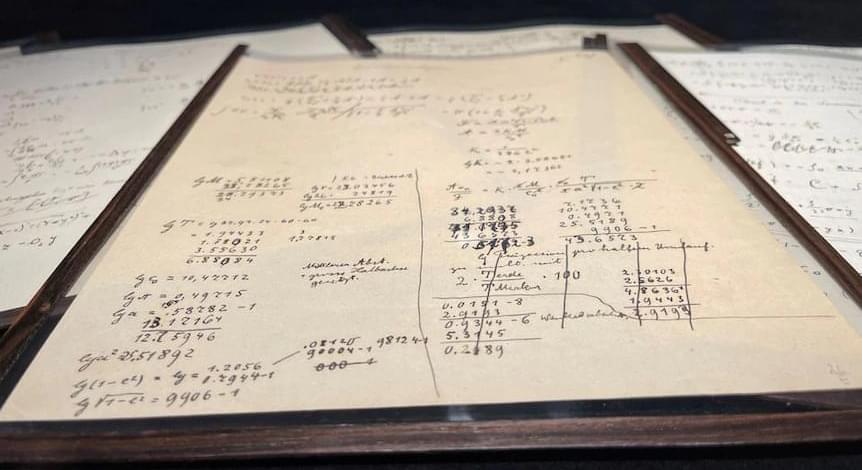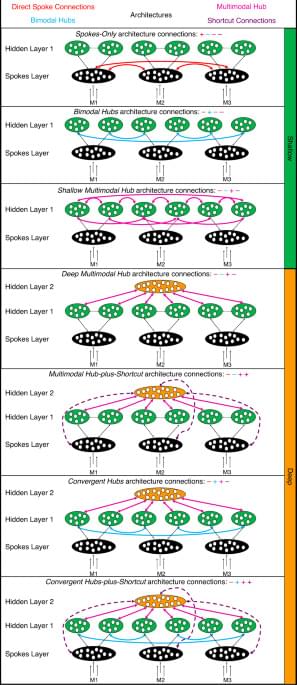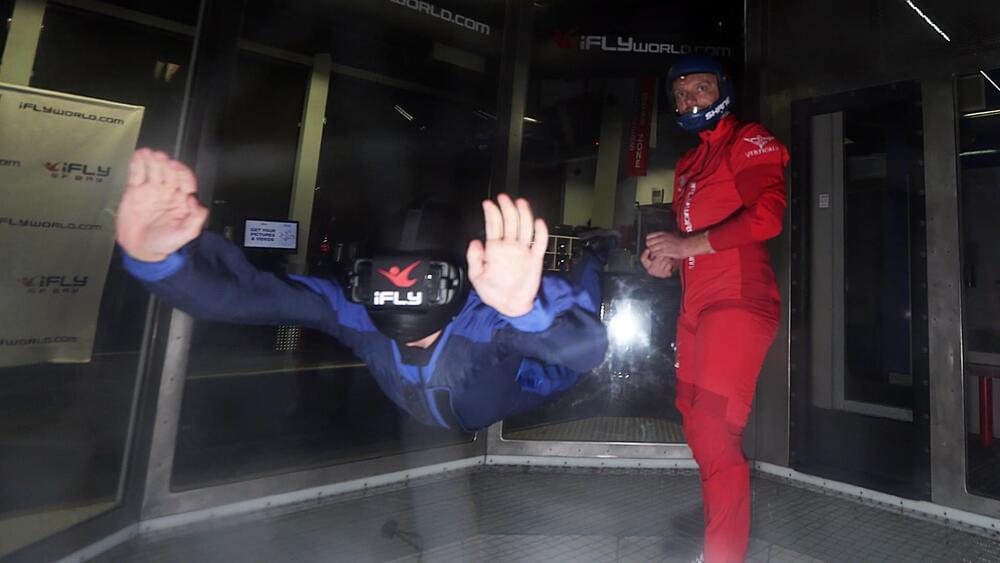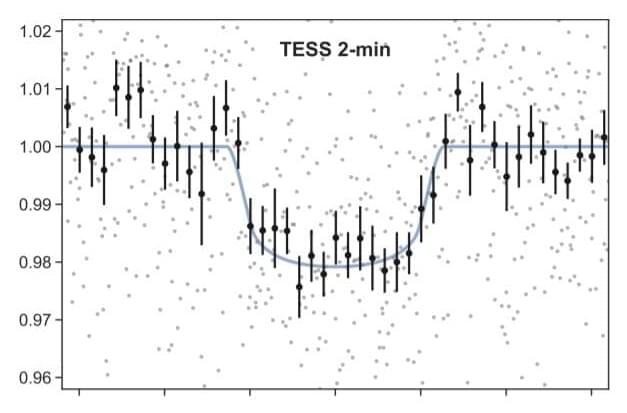
Using NASA’s Transiting Exoplanets Survey Satellite (TESS), an international team of astronomers has detected a new sub-Neptune exoplanet orbiting an M dwarf star. The newly found extrasolar world, designated TOI-2406 b, is nearly three times larger than the Earth. The discovery is reported in a paper published July 29 on arXiv.org.
TESS is conducting a survey of about 200,000 of the brightest stars near the sun with the aim of finding transiting exoplanets. So far, it has identified over 4,400 candidate exoplanets (TESS Objects of Interest, or TOI), of which 144 have been confirmed so far.
Recently, a team of astronomers led by Robert Wells of the University of Bern in Switzerland confirmed a new TESS planet around the star known as TOI-2406 (or TIC 212957629). TESS observed TOI-2406 in 2018 and 2020, which resulted in the detection of a transit signal in the light curve of this object. The planetary nature of this signal was confirmed by follow-up photometric and spectroscopic observations using various ground-based telescopes.

